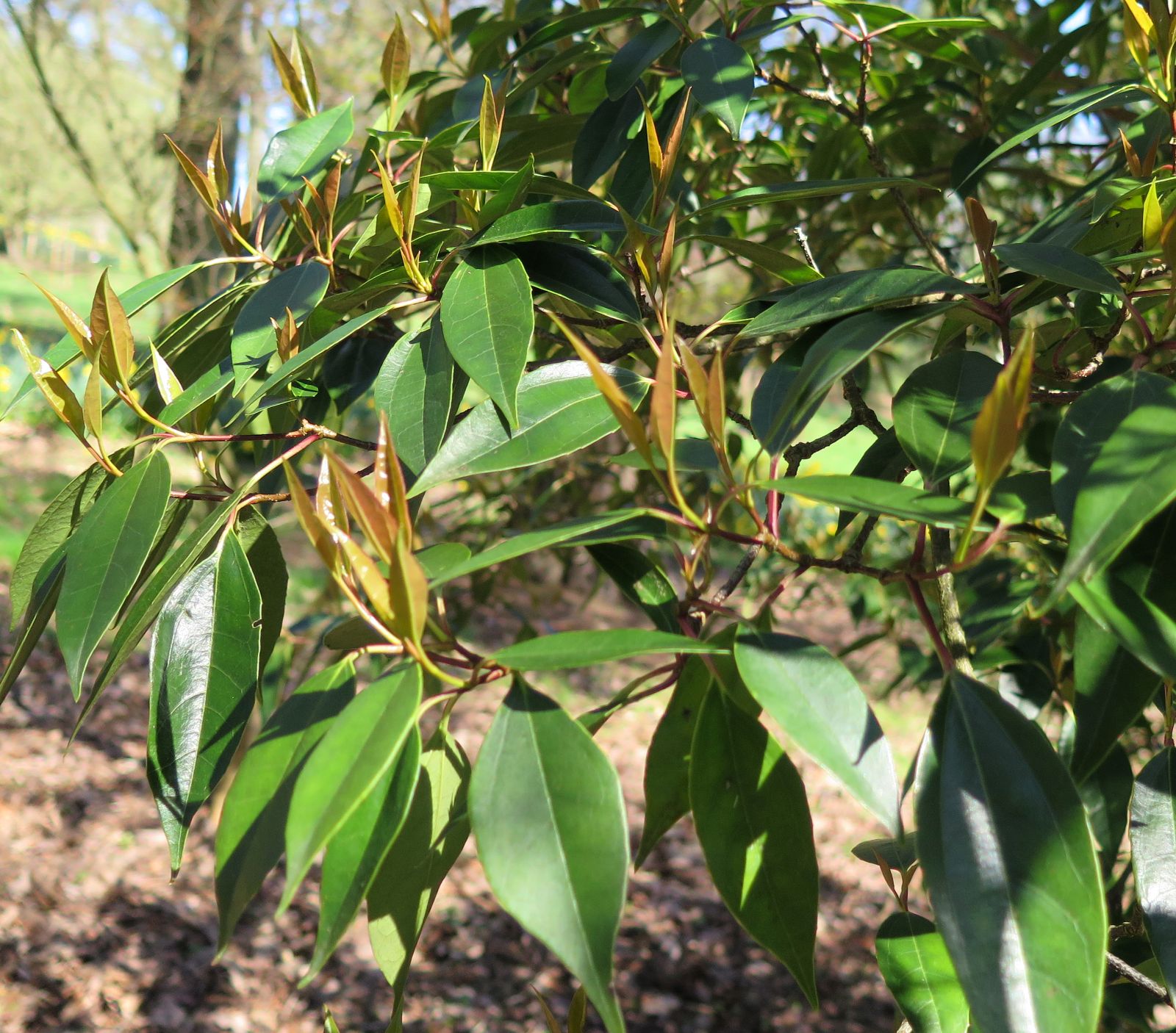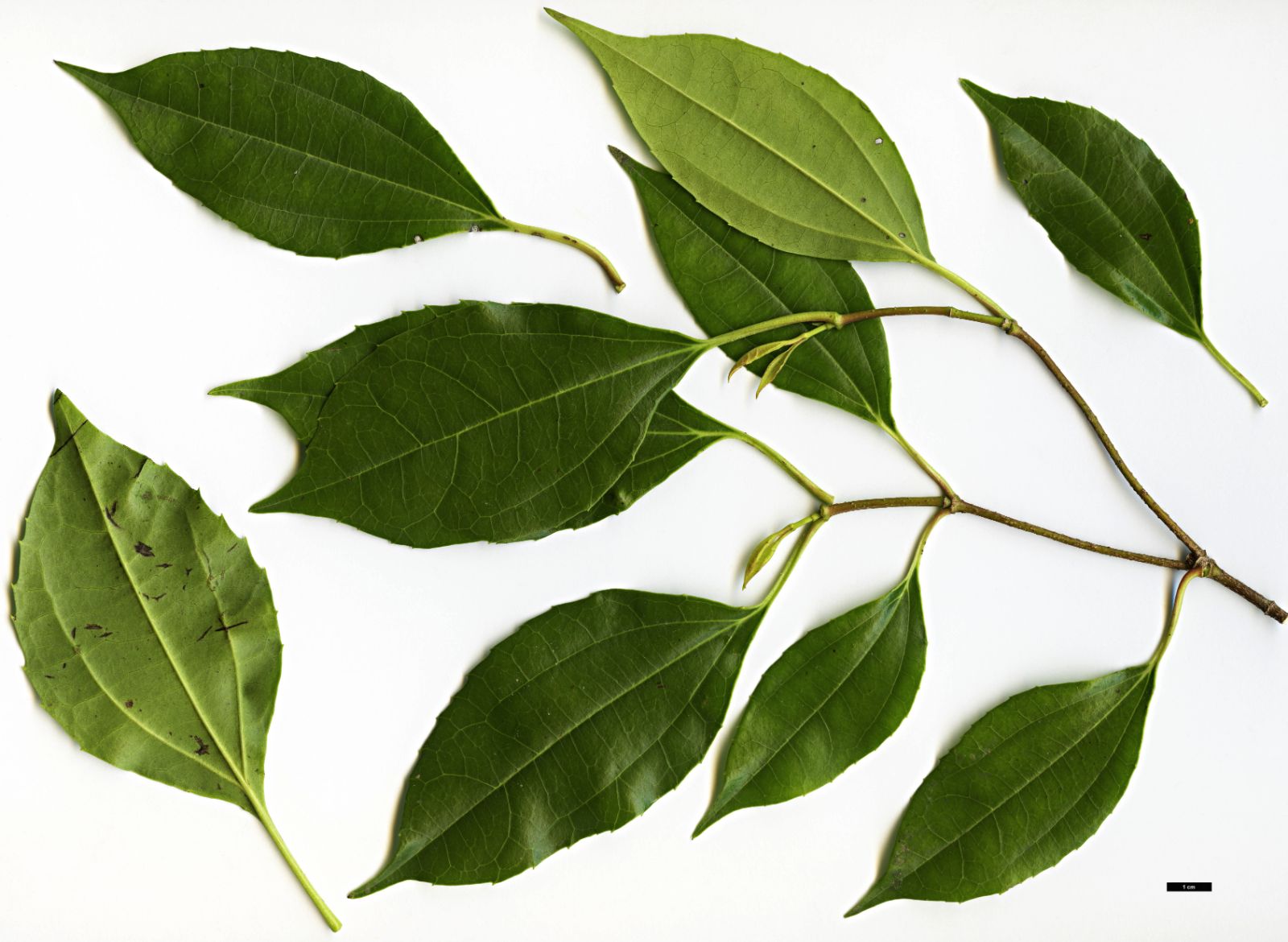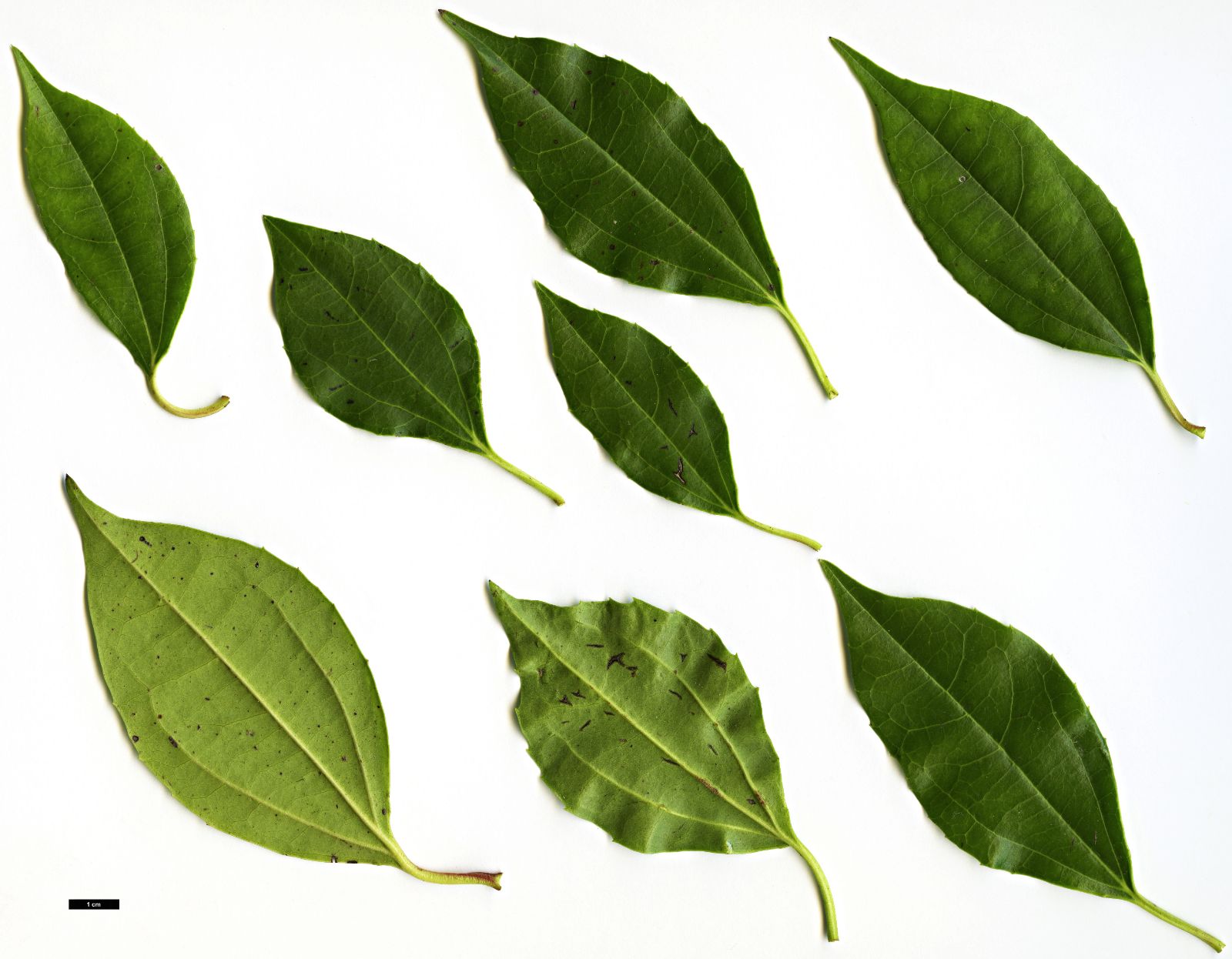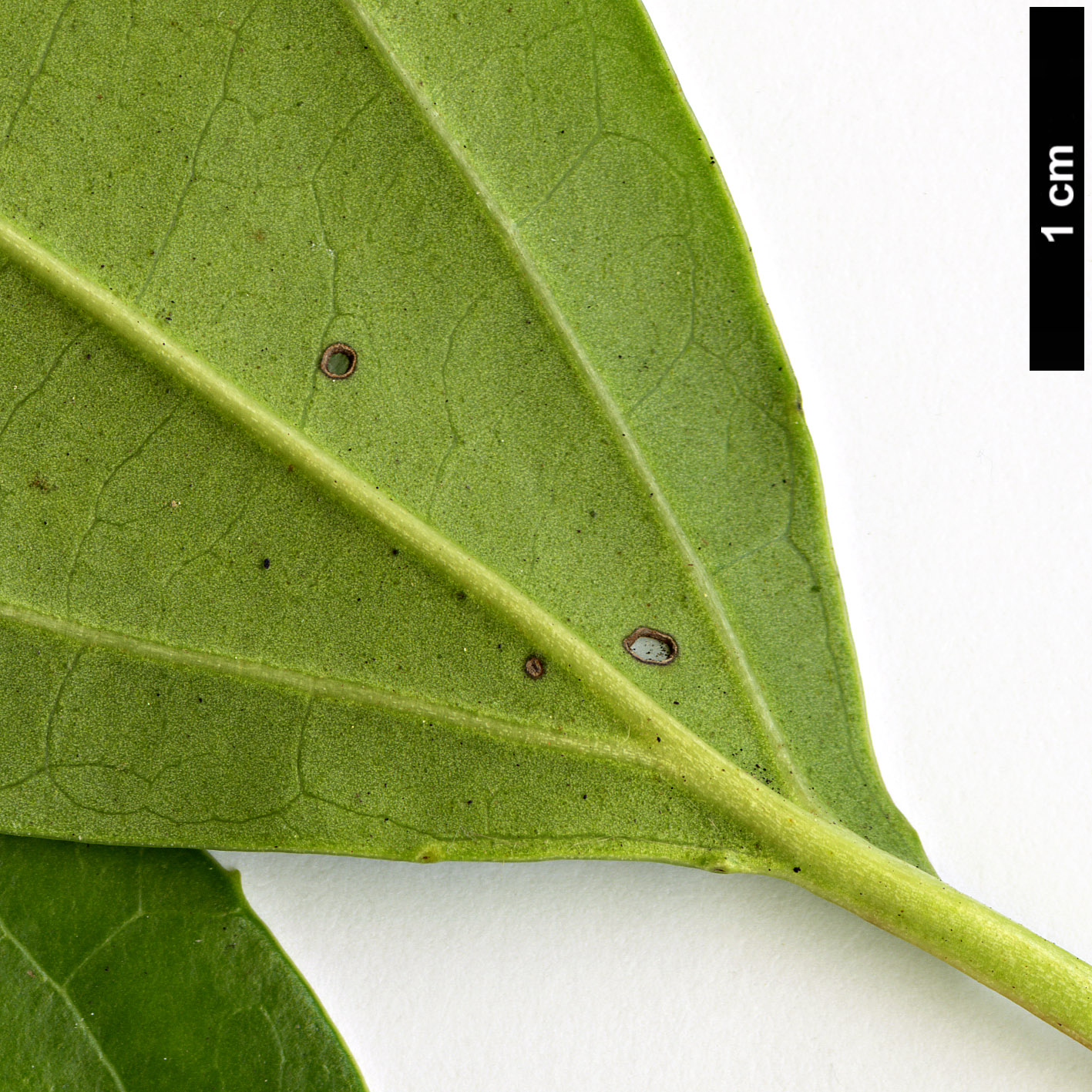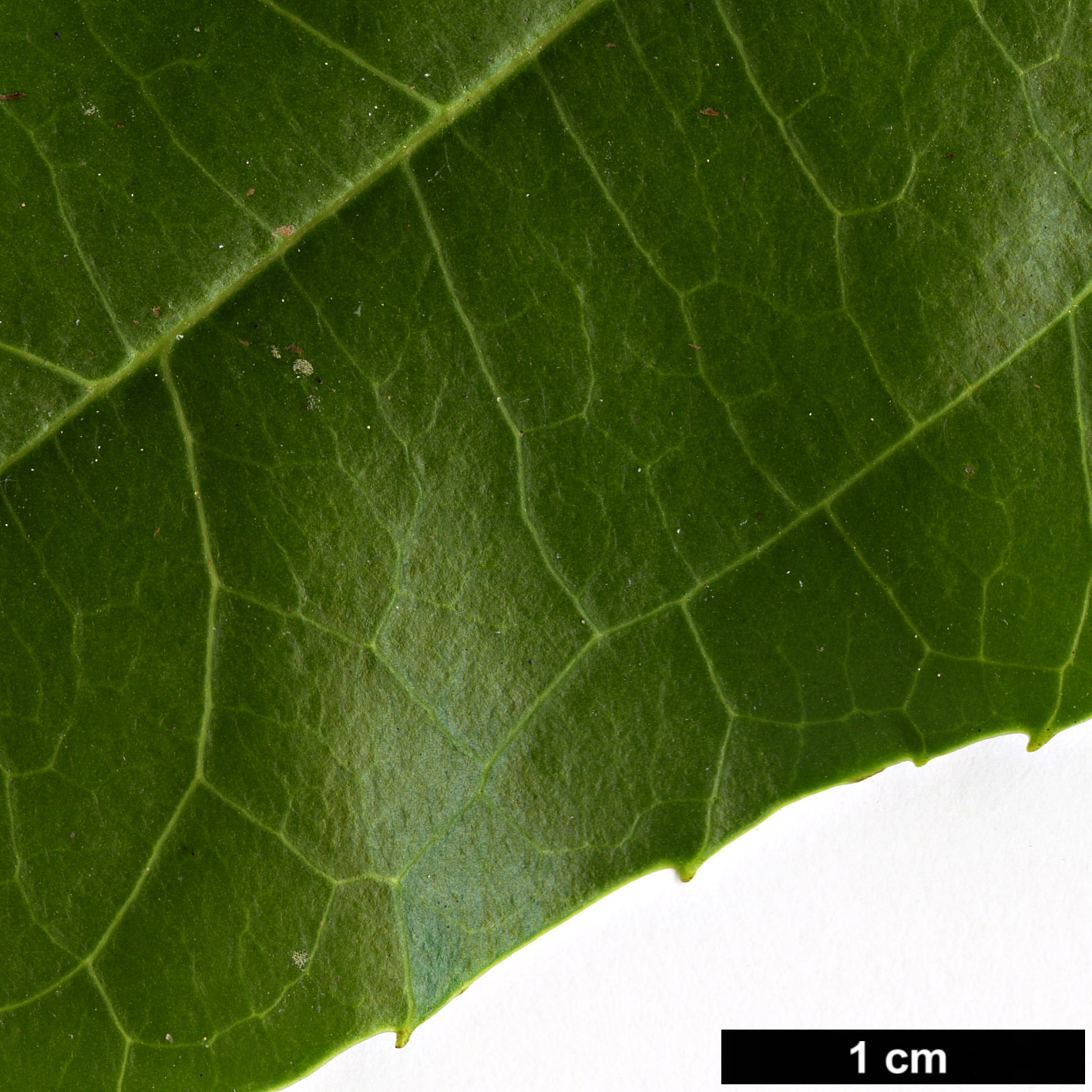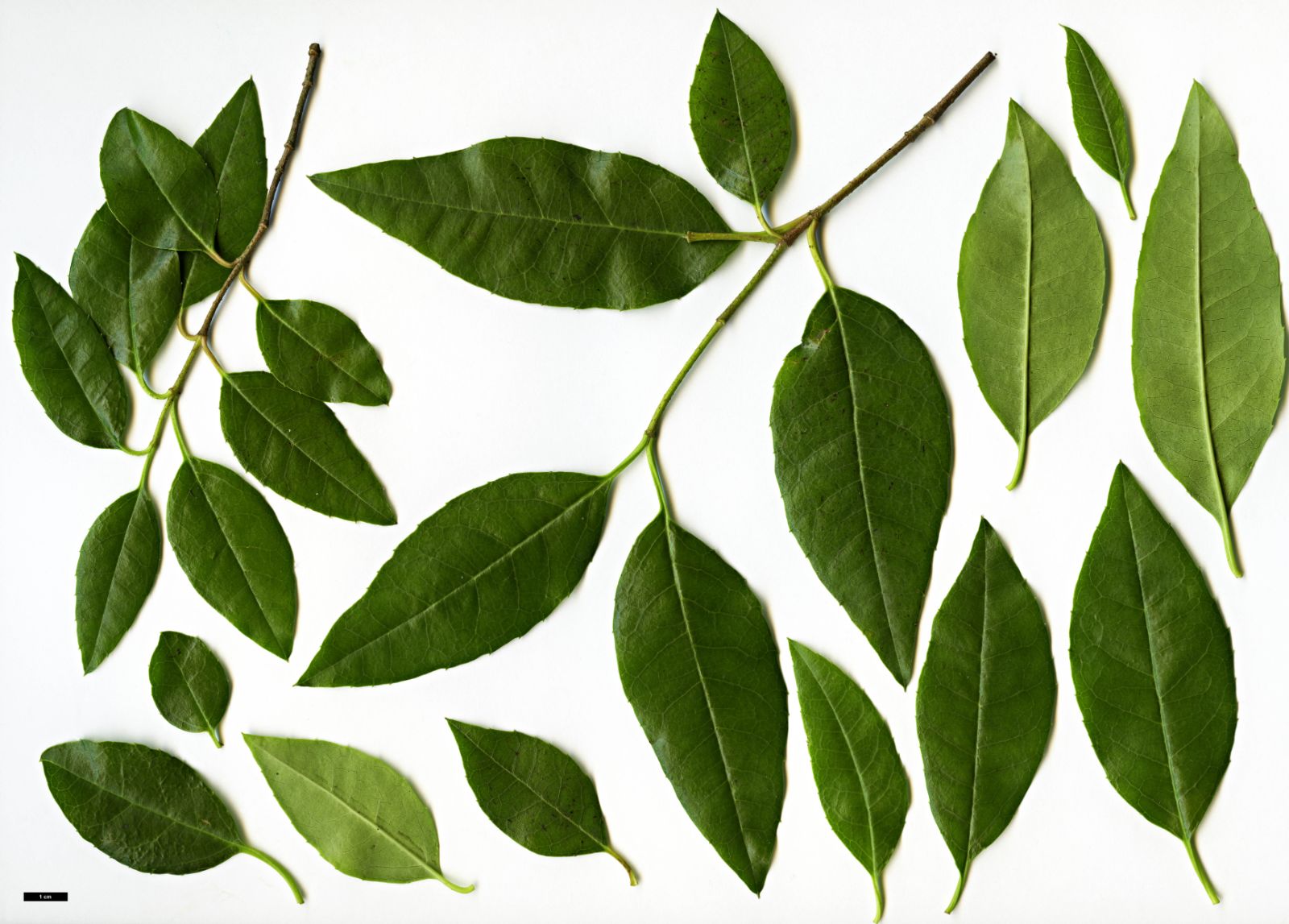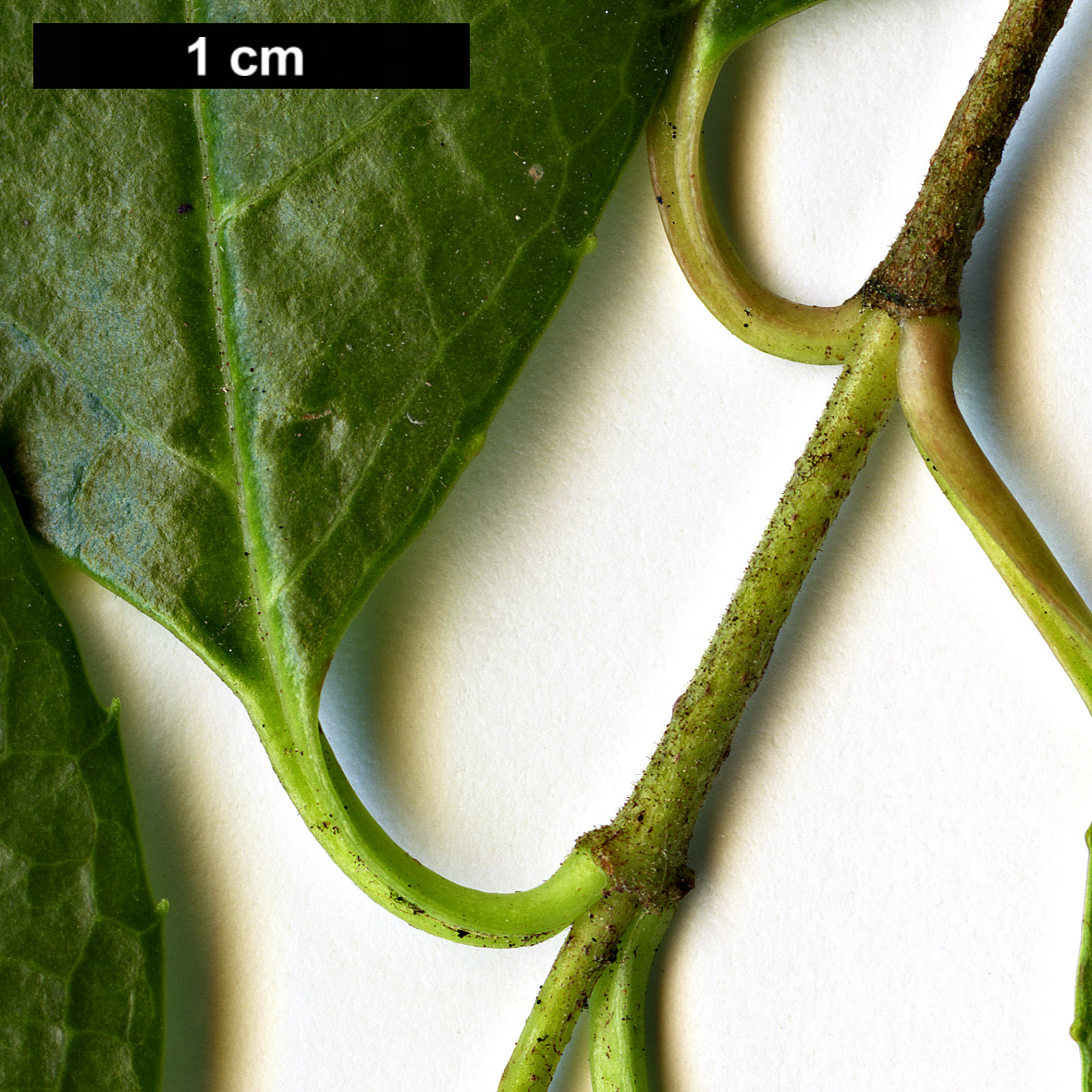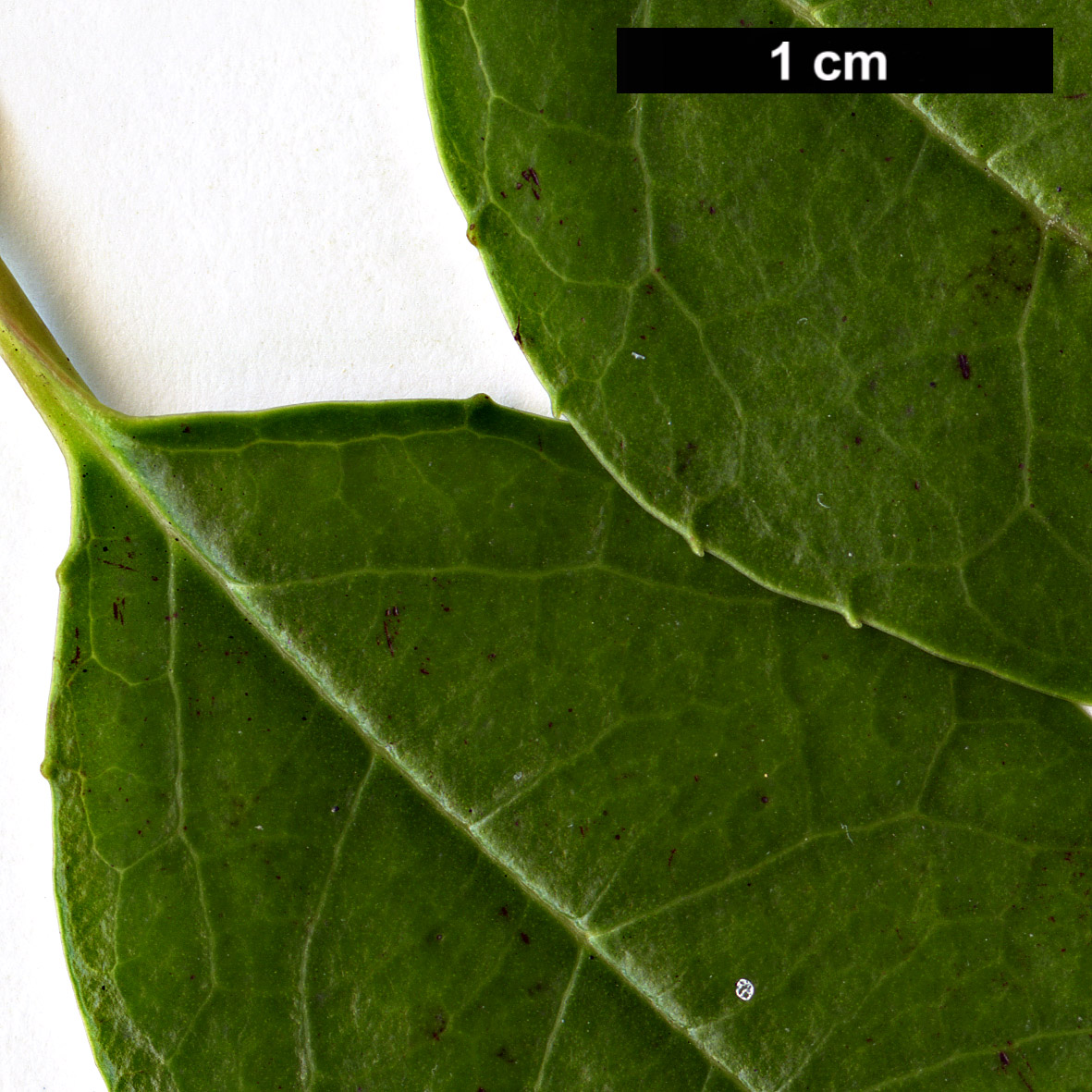Viburnum propinquum
Credits
Article from Bean's Trees and Shrubs Hardy in the British Isles
Recommended citation
'Viburnum propinquum' from the website Trees and Shrubs Online (treesandshrubsonline.
Genus
Infraspecifics
Other taxa in genus
- Viburnum acerifolium
- Viburnum betulifolium
- Viburnum × bodnantense
- Viburnum buddleifolium
- Viburnum burejaeticum
- Viburnum × burkwoodii
- Viburnum × carlcephalum
- Viburnum carlesii
- Viburnum cassinoides
- Viburnum cotinifolium
- Viburnum cylindricum
- Viburnum davidii
- Viburnum dentatum
- Viburnum dilatatum
- Viburnum erosum
- Viburnum farreri
- Viburnum foetidum
- Viburnum grandiflorum
- Viburnum harryanum
- Viburnum henryi
- Viburnum hupehense
- Viburnum japonicum
- Viburnum kansuense
- Viburnum lantana
- Viburnum lantanoides
- Viburnum lentago
- Viburnum macrocephalum
- Viburnum molle
- Viburnum nudum
- Viburnum odoratissimum
- Viburnum opulus
- Viburnum phlebotrichum
- Viburnum plicatum
- Viburnum prunifolium
- Viburnum rhytidophyllum
- Viburnum rigidum
- Viburnum rufidulum
- Viburnum schensianum
- Viburnum setigerum
- Viburnum sieboldii
- Viburnum suspensum
- Viburnum tinus
- Viburnum utile
- Viburnum veitchii
- Viburnum wilsonii
- Viburnum wrightii
An evergreen shrub of bushy habit, with glabrous, shining, angular young shoots. Leaves three-veined, ovate-lanceolate to oval, wedge-shaped or rounded at the base, pointed, shallowly and sparsely toothed, 2 to 31⁄2 in. long, 3⁄4 to 11⁄4 in. wide, dark glossy green and glabrous; stalk 1⁄4 to 5⁄8 in. long. Flowers greenish white, 1⁄6 in. across, all perfect, produced in usually seven-branched cymes 11⁄2 to 3 in. wide. Fruits blue-black, egg-shaped, 1⁄5 in. long.
Native of Central and Western China, Formosa and the Philippines; discovered by Henry and introduced by Wilson for Messrs Veitch in 1901, and again later. It is hardy at Wakehurst Place in Sussex and at Exbury on the Solent, but needs a sheltered position. Even on one plant the leaves vary in shape; forms with consistently narrow leaves have been distinguished in gardens by the epithets angustifolium and lanceolatum. It is distinct from all other cultivated viburnums except V. davidii and V. cinnamomifolium, but the former is dwarf and the latter has uniform, broader, scarcely toothed leaves.
The following belong, like V. propinquum, to the section Tinus, but neither is common in cultivation:
V atrocyaneum C.B.Cl.
Synonyms
V. wardii Hort., not W.W. Sm
Leaves oblong, entire or indistinctly toothed, pinnately veined, about 3 in. long. Inflorescence almost sessile. Fruits about {3/16} in. long, hard, dark blue with a metallic lustre. Described from a specimen collected by Griffith in the Mishmi Hills of Assam. Most plants in cultivation derive from Kingdon Ward’s 9198, collected in 1931 a short distance farther east, in the Adung valley of northwest Burma. He wrote in his field note: ‘Berries small, steely blue, with a curious lustre, giving an effect of lalique. The winter contrast of red stems, dark green leaves, and bunches of gleaming opalescent fruits is charming. Found up to 7,000 ft, usually on open cliffs and ridges in full sun.’
V calvum Rehd.
Synonyms
V. schneiderianum Hand.-Mazz

